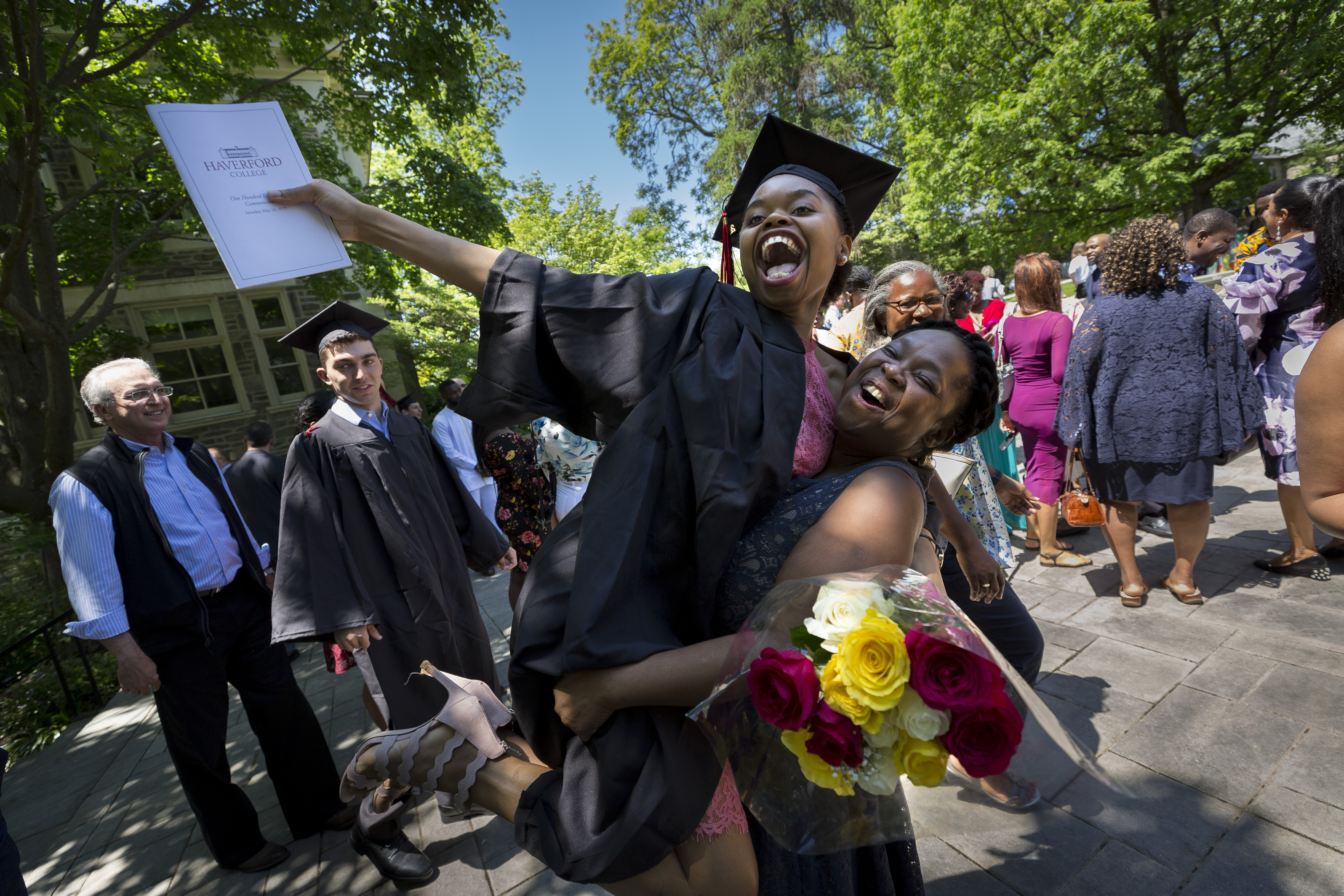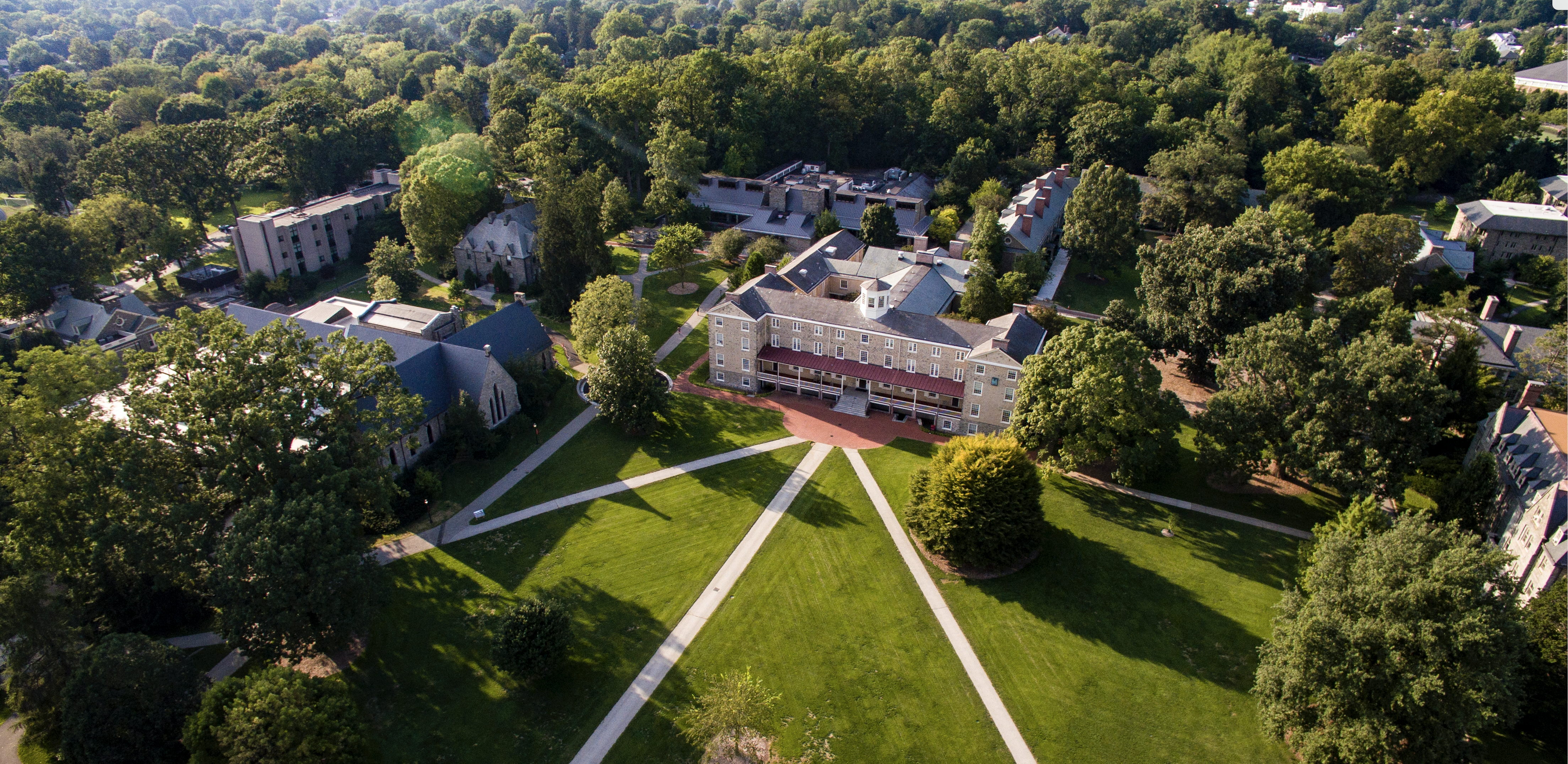
The rise of STEM-focused education has made it seem like the liberal arts has taken a backseat to what is considered to be more “practical” knowledge. That assumption is wrong. Subjects like philosophy, art, music, languages, literature and more have been top choices for centuries. They have prepared students for fulfilling careers and important professions then — and continue to do so today. The CVs of many of today’s most successful entrepreneurs, marketing moguls, fundraisers, social justice advocates and other successful professionals are proof of this.
Steve Jobs dropped out of college, but continued to audit liberal arts courses and credited his education to help define the core values of Apple. Oprah Winfrey studied communications, and acclaims almost all of her successes — and there are many — to her education. John Mackey, CEO of Whole Foods Market, studied philosophy and religion. Kenneth Chenault, American Express’s former CEO of 17 years and one of the first African Americans to lead a Fortune 500 company, studied history.
What do these individuals have in common? They are all remarkably accomplished and they have each publicly credited their successes to an education in liberal arts. The skills to think critically, creatively and communicate effectively are highly relevant in today’s job market. They are set to stand out in a labour market, where 44% of surveyed executives think Americans lack soft skills.
Learners who wish to hone these skills have a lot to look forward to upon graduating. The career possibilities are many and varied. The interdisciplinary knowledge that comes with it continuously opens doors. A liberal arts education translates to many professional opportunities — graduates will always have agility and capability to explore different career paths. Here are four US colleges to get a top-notch liberal arts education:
Haverford College
At Haverford College in Pennsylvania, 1,353 students are preparing for success. Founded in 1833, this tranquil yet dynamic campus is nestled in one of the US’s greatest metropolitan areas, within close proximity to its extraordinary consortium partners, like the University of Pennsylvania. US News & World Report ranks it among the top 15 National Liberal Arts Colleges.

Source: Haverford College
The focus of its rigorous programmes? The growth each and every student who passes its grounds. From physics to French studies, curricula here push students to explore intellectually and practically, pushing the boundaries of each discipline. — many times, even beyond. It’s easy to do so with a nine to one student to faculty teacher ratio and seminar-style classes that encourage discussion and drive debates.
Political science graduate Jacob Lowy is one of the versatile products of this winning combination. When the pandemic hit, disrupting his clinical medical studies, he had the creative know-how — one of the hallmarks of a liberal arts education — to pivot and help frontliners quickly and effectively. Another graduate Shreya Shibulal completed the 4+1 Program with UPenn, earning a degree in computer science and then a master’s in embedded systems. Since graduating, he has launched Micelio, an established company focused on India’s growing electrical vehicle industry. “With the philosophy, economics, and linguistics classes I took, it gave me a larger perspective on the world,” he says.
It’s clear that Haverford graduates are well-positioned for fulfilling careers. How? Through high-level research experience, hands-on opportunities and a thesis requirement to graduate. Haverford students can apply up to US$10,000 in funding from its three Academic Centres, or join the Innovations Programme that encourages creation and entrepreneurship through a series of extra-curricular programmes and workshops that are focused on problem-solving. The Whitehead Internship Programme also funds juniors and seniors in summer work related to entrepreneurship, small business, venture capital, or finance. And through the student-run honor code and an emphasis on ethical engagement, Haverford students are learning how to be leaders and at the forefront of change. To find out more click here.
Carleton College
Carleton College in Minnesota emphasises its commitment to providing a true liberal arts education through curricula that challenge students to think broadly and deeply. Here, studies do not focus on just one career path, developing students that are ready and skilled to succeed in many different industries.

Source: Shutterstock
Faculty members here are highly respected scholars, researchers and practitioners in their fields that prioritise their roles as educators first and foremost. A student-faculty ratio of nine to one keeps the passionate students of Carleton engaged and encouraged to interact with their professors. The warmth that exudes from this close knit community is felt by visitors the second they step on campus, surrounded by individuals looking to collaborate and not compete.
Unlike most, Carleton has three ten-week terms per academic year that provide two major benefits. This lets students to focus easier on classes with less on their plate. It also allows them to more readily pursue diverse interests. Professors here often welcome student involvement in research projects and take education far beyond the campus boundaries through off-campus study programmes and the Centre for Community and Civic Engagement.
Pitzer College
Founded in 1963, Pitzer College is a top-ranked liberal arts and sciences college in California that emphasises environmental and interdisciplinary studies. The college hosts approximately 1,000 students and is proud to be a part of the Claremont Colleges, a unique consortium of five undergraduate colleges and two postgraduate institutions.

Source: Shutterstock
Here students have open access to all the resources a major university would boast, all while enjoying the benefits of a liberal arts college experience that champions a personalised approach to education. The college acknowledges the diversity of student interests, abilities, needs and styles, and with Academic Advising, specialised programmes of study can be created.
Each arriving student is assigned a faculty adviser whom they can frequently consult with in regards to the formulation and development of their academic programmes. Students could also turn to faculty members who represent a wide range of expertise. Pitzer College also offers study abroad programmes that consist of 46 international exchanges where participants can learn a new language and appreciate global cultures.
Sewanee College
This world-class liberal art college in Tennessee is a leading seminary of the Episcopal Church and is also known as the University of the South. Approximately 1,710 students from 45 US states and the District of Columbia and 30 different countries are enrolled in this close-knit college that has an average class size of 15 and a student-faculty ratio of eleven to one.

Source: Unsplash
Despite its small size, Sewanee has produced more Rhodes scholars than almost any other institution— 26 in total, five of which have returned to teach. Amongst alumni are 49 Watson Fellows, 34 NCAA Postgraduate Scholars, and dozens of Fulbright Scholars. These esteemed scholars were able to select from the university’s extensive lineup of 38 majors, 44 minors, 15 special and pre-professional programmes in business, health/medicine, education, engineering and law.
Almost all students live on campus, surrounded by 13,000 acres of forests, bluffs, meadows, lakes and caves. These natural resources serve as a living laboratory where research can be conducted and students can learn valuable leadership and technical skills while appreciating nature.
*Some of the institutions featured in this article are commercial partners of Study International










